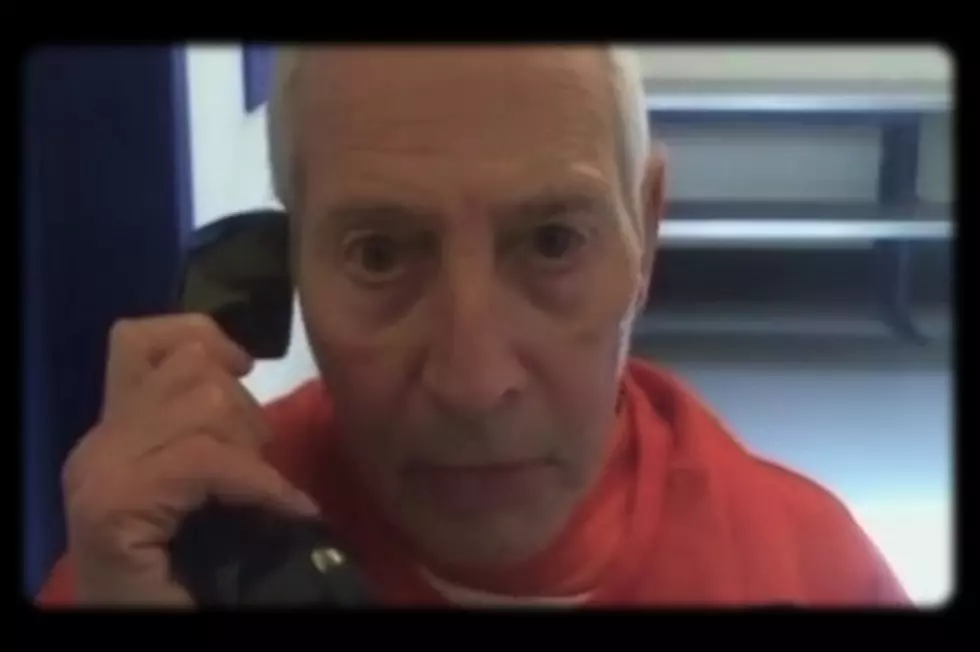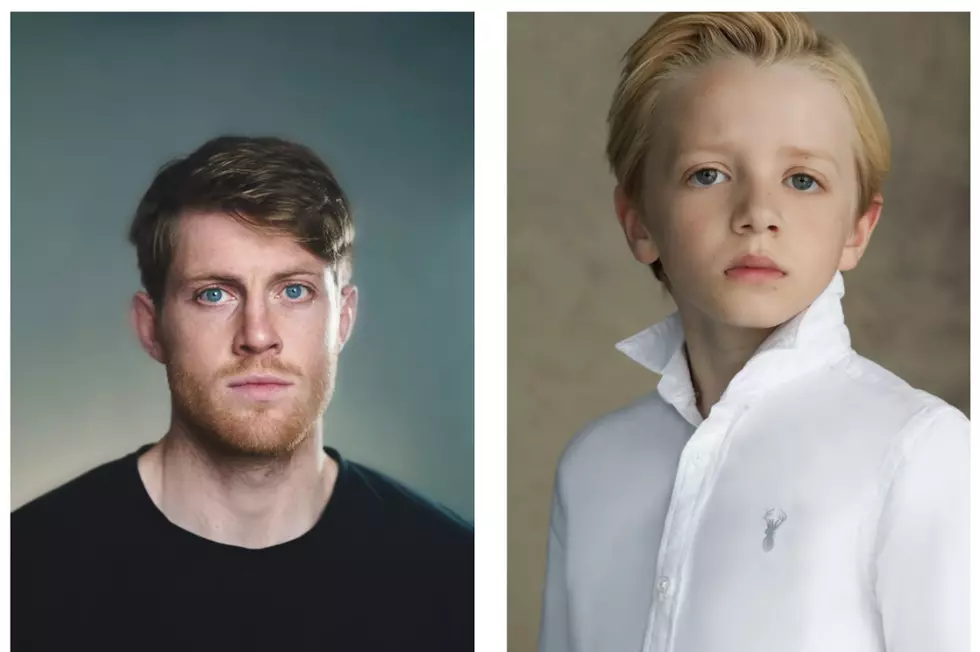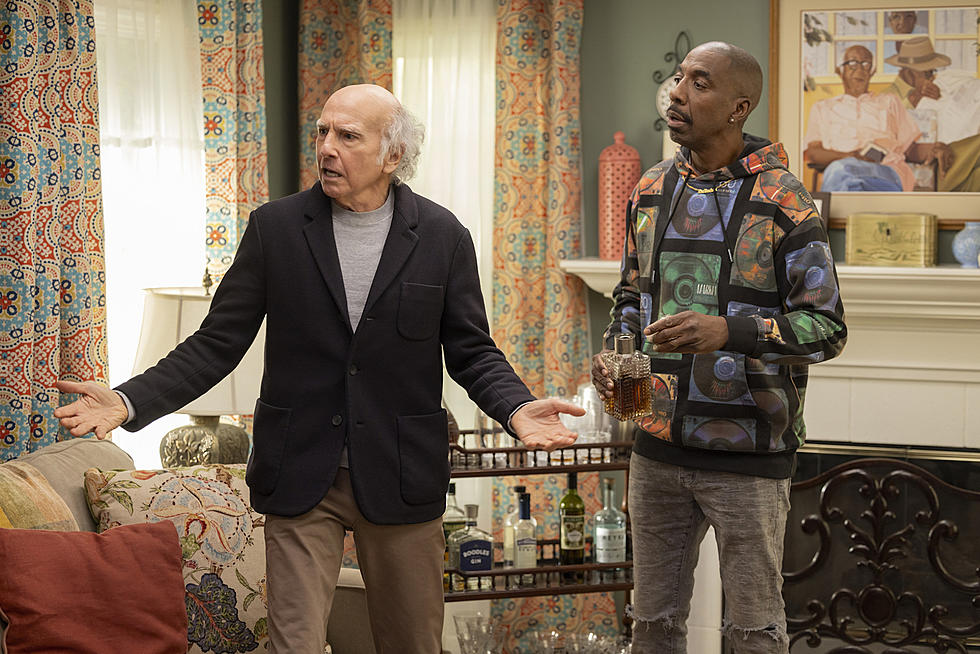
‘True Detective’ Review: “Form and Void”
Tonight brings the season finale of 'True Detective,' in which all the creeping tension and unnerving suspense comes to a full boil, and Marty and Rust come face to gnarly face with the Yellow King himself. For those seeking a rewarding conclusion to the first season, "Form and Void" definitely delivers, from full-out creepiness to good ol' Rust Cohle-isms, and yes, even some deep fried detective bromance.
Ladies and gentlemen, meet your Yellow King: Errol Lee Childress, equal parts Buffalo Bill and Leatherface, with a dash of Sling Blade thrown in for good measure -- but he's not a derivative monster mash-up. Childress is wholly original for all the little bits of DNA that seem to have been borrowed to create him. Those are merely tiny threads in his horrific genetic make-up, and thank goodness. This guy is a total freak show, from the dolls in his house to the eccentric way he slips in and out of accents, from the daddy he keeps chained up, malnourished and wasting away in a rotting shack full of flies (reminiscent of that notorious scene in 'Seven') to his half-sister wife played by the wonderful Ann Dowd.
The pay-off is supremely worth all the build-up: here are two men -- one who has embraced his darkness and another who tries to hide his, but both so haunted by those deep shadows -- chasing darker men still, in an effort to cling to what lightness they have left and redeem themselves. As Rust tells Marty on the way to the Childress home, their judgments are little more than a way for them to create a mask and tell the world who they are, which is something I've been saying about them since way back in episode one. And as the series and Rust himself focus so much on the circular nature of life and behavior, it seems only fitting that their conversations tonight would drift back again and again, like waves crashing back against a shore or a snake eating its own tail, with Rust making statements about who they are and where they've been, and Marty digging at old wounds like the fight about Maggie.
The finale blends all the philosophical and contemplative elements of the series nicely with the excitement of Marty and Rust closing in on Errol Lee Childress, and like a circle, everything begins to come around and snap together in a way that makes perfect sense. We see Childress at work in schools, spotting his prospective victims, and Rust and Marty speak to a woman whose home he painted, giving him the green ears from the police sketch.
As we reach the climax at the Childress home, Rust and Marty are led through an old overgrown network of tunnels, the place the King calls Carcosa. It the final stage for the final act in this morbid, disturbing play, a place that pokes and prods at the sanity of Marty and Rust with its wild brambles and dangling stick figures and bones, its piles of discarded children's clothing that torment poor Marty who lost daughters of his own thanks to his carelessness, its twisted caverns that play tricks on eyes -- especially those as sensitive as Rust's.
The final battle, as it were, takes place between Rust and Errol, and it feels epic, filmed as though it truly were a play, with Errol's throne (fit for a heinous Yellow King) sitting in the background. There's something almost morbidly and horrifically fantastical about the way Errol and Rust clash together, the knife twisting into Rust, impaling him in the air as he head butts Errol, and for a few moments -- after Errol nails Marty with the axe -- we're unsure if either of these men will make it, or if the call to Papania and Gilbough ever went through.
In the end, Maggie and the girls see Marty in the hospital, and cry foul if you want, but a despicable misogynist like Marty Hart needed to crawl through that living hell and lose everything he had, needed to experience first hand the way men like him become worse men who do truly worse things to women and children, to really understand what he had lost. He can never have his wife and daughters back the way he had them before, and he can't replace the years he willfully misplaced, but he can appreciate the loss he's visited upon himself and the lives he still has left to cherish.
In the end for Rust, he visits a warm, dark place where he feels the love of his daughter and understands that there is a life beyond the one he's defined through his cynical philosophies and judgments. There is more than just light and dark, and the important thing to conclude here is that where there is dark, there is always -- always -- light.
More From ScreenCrush









